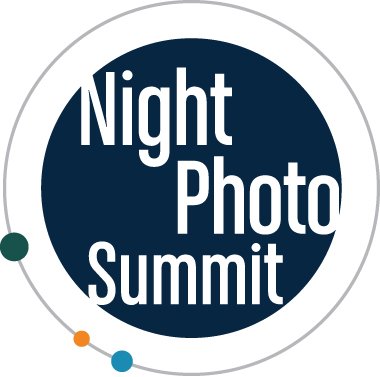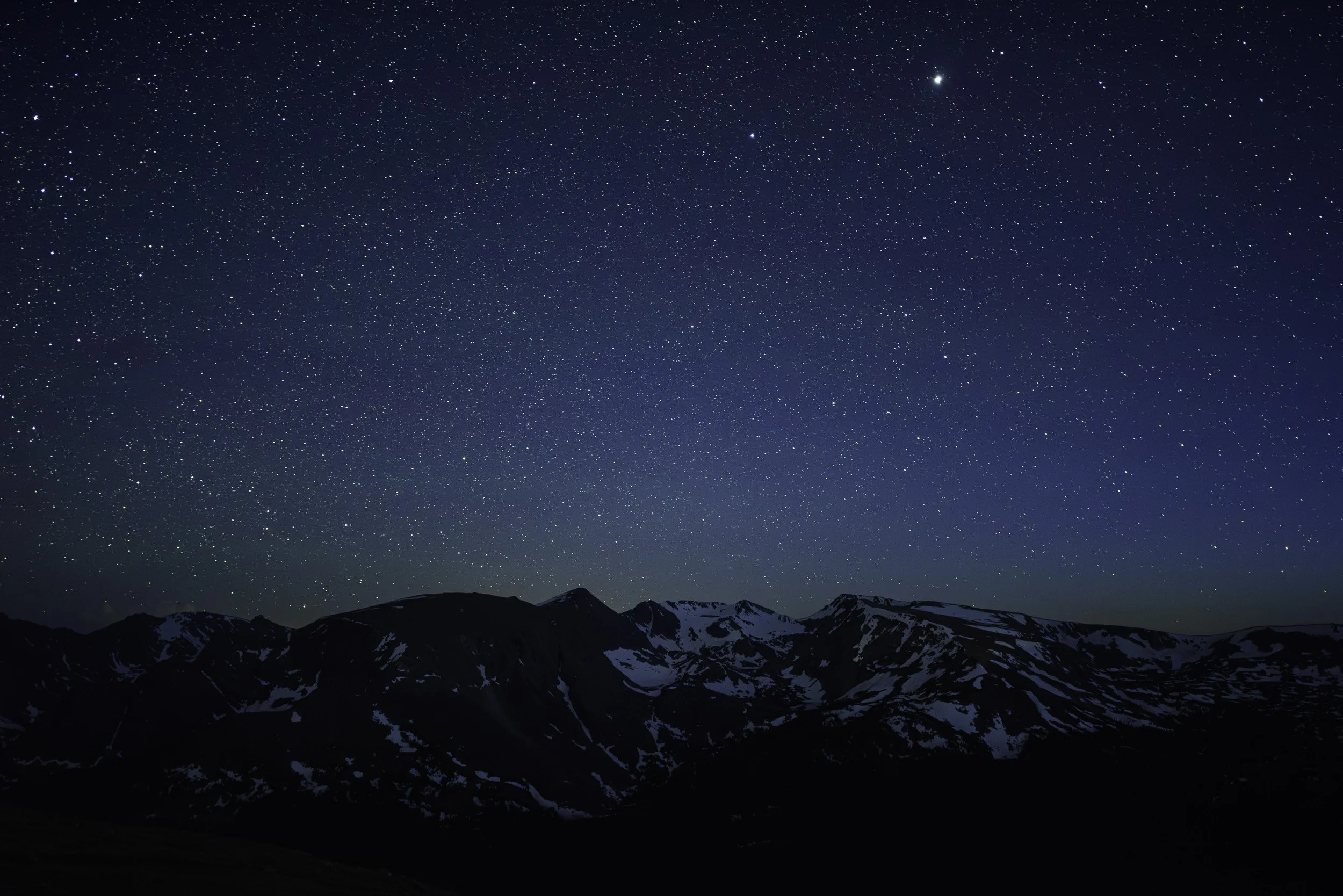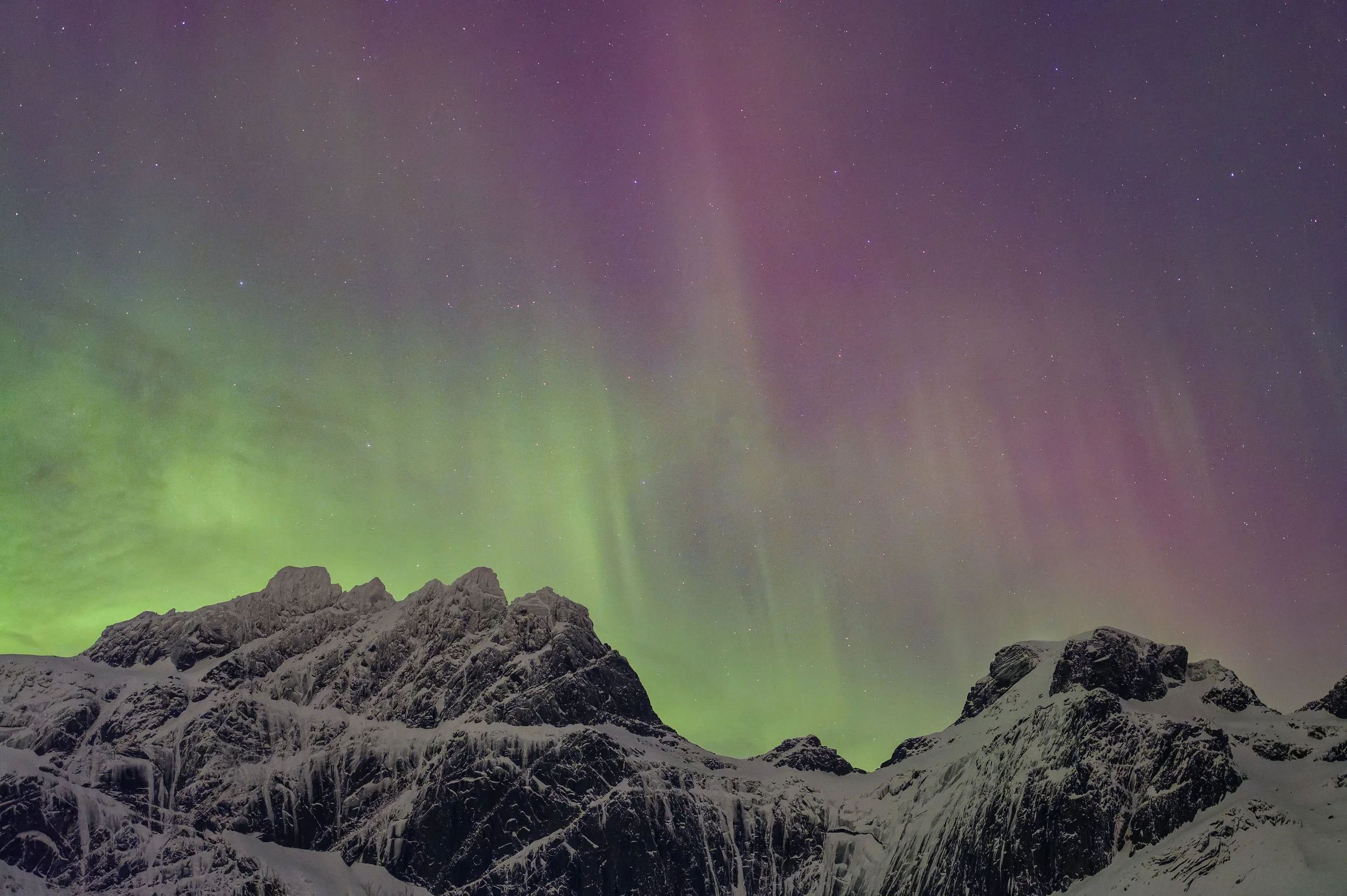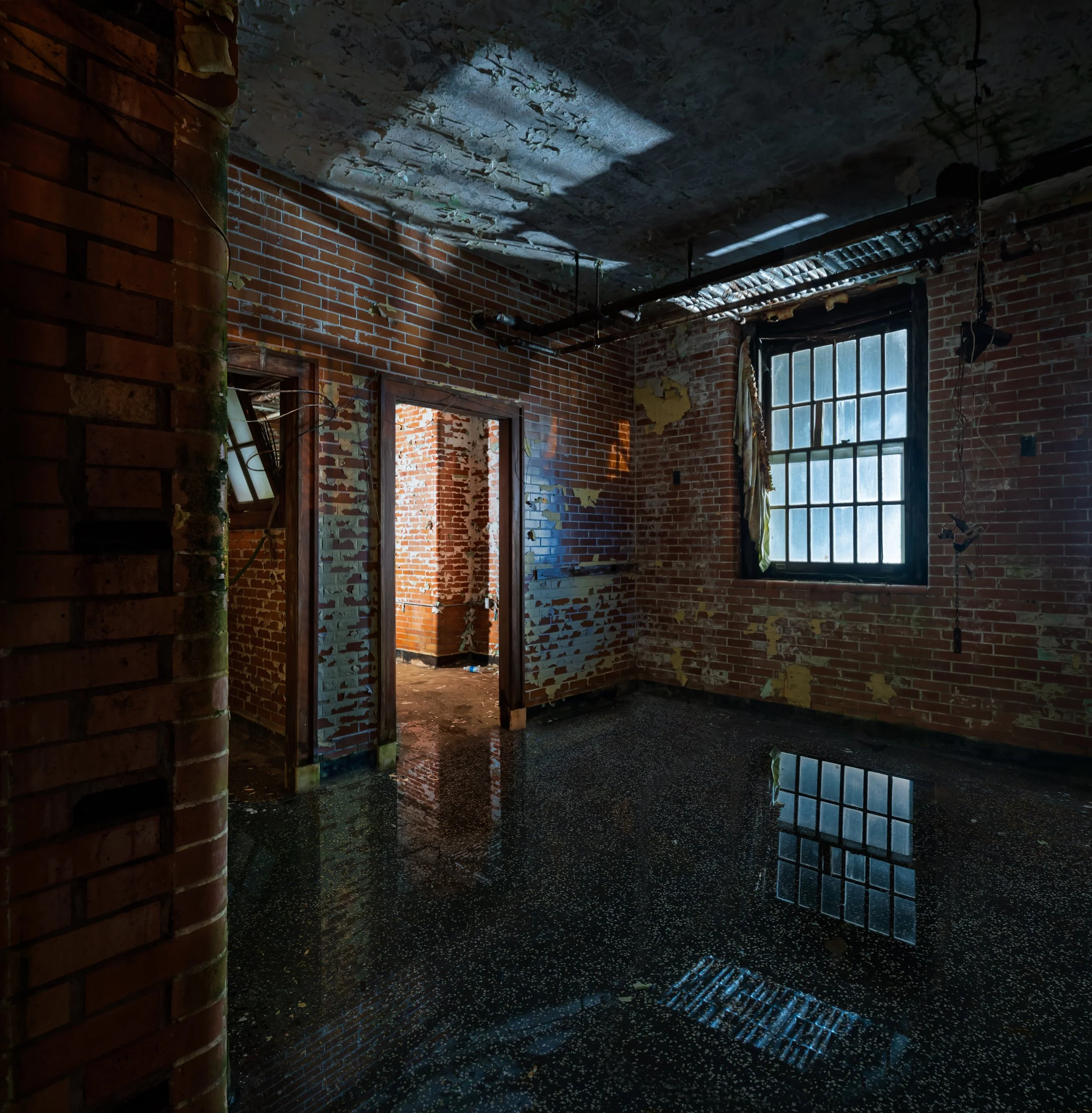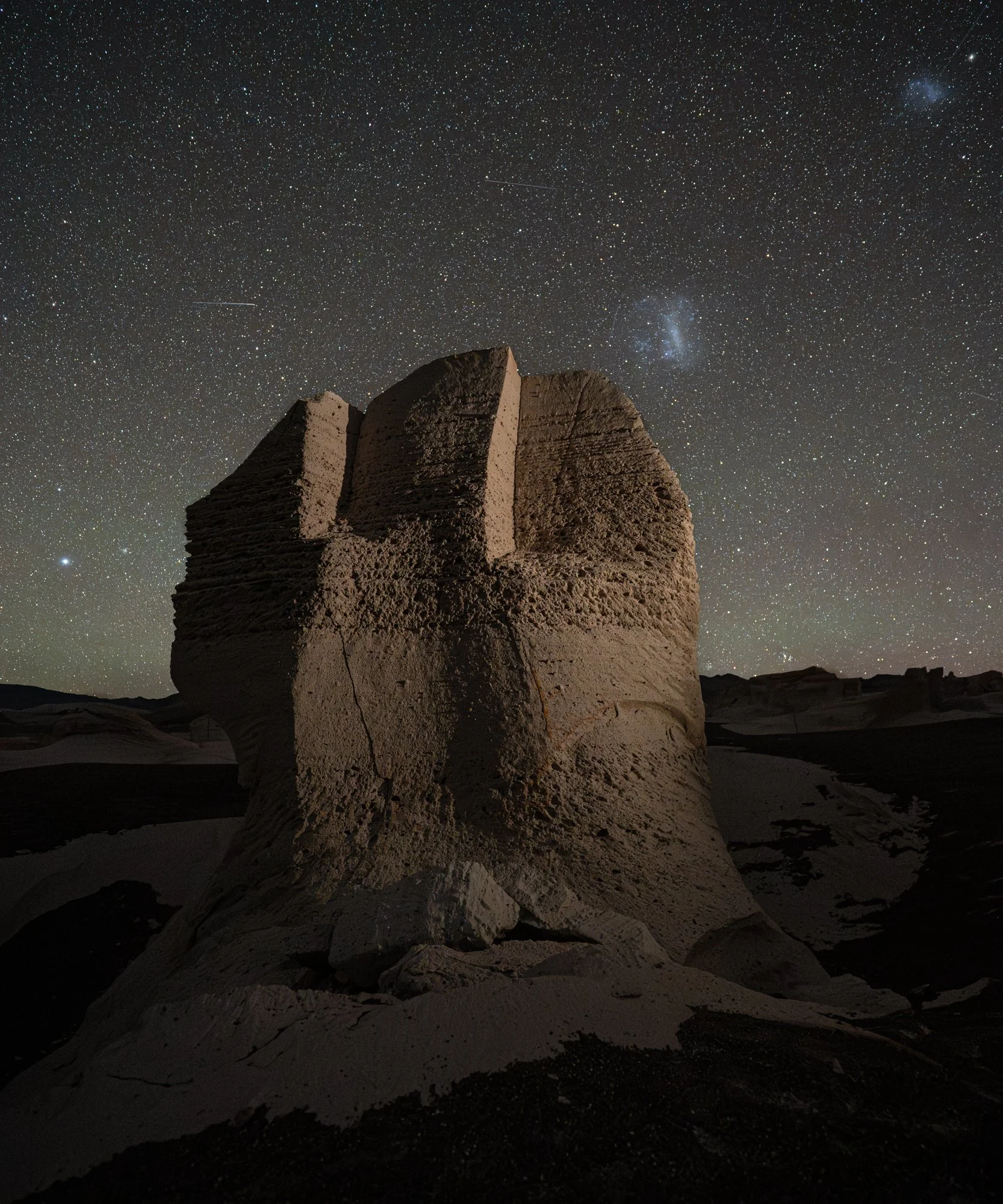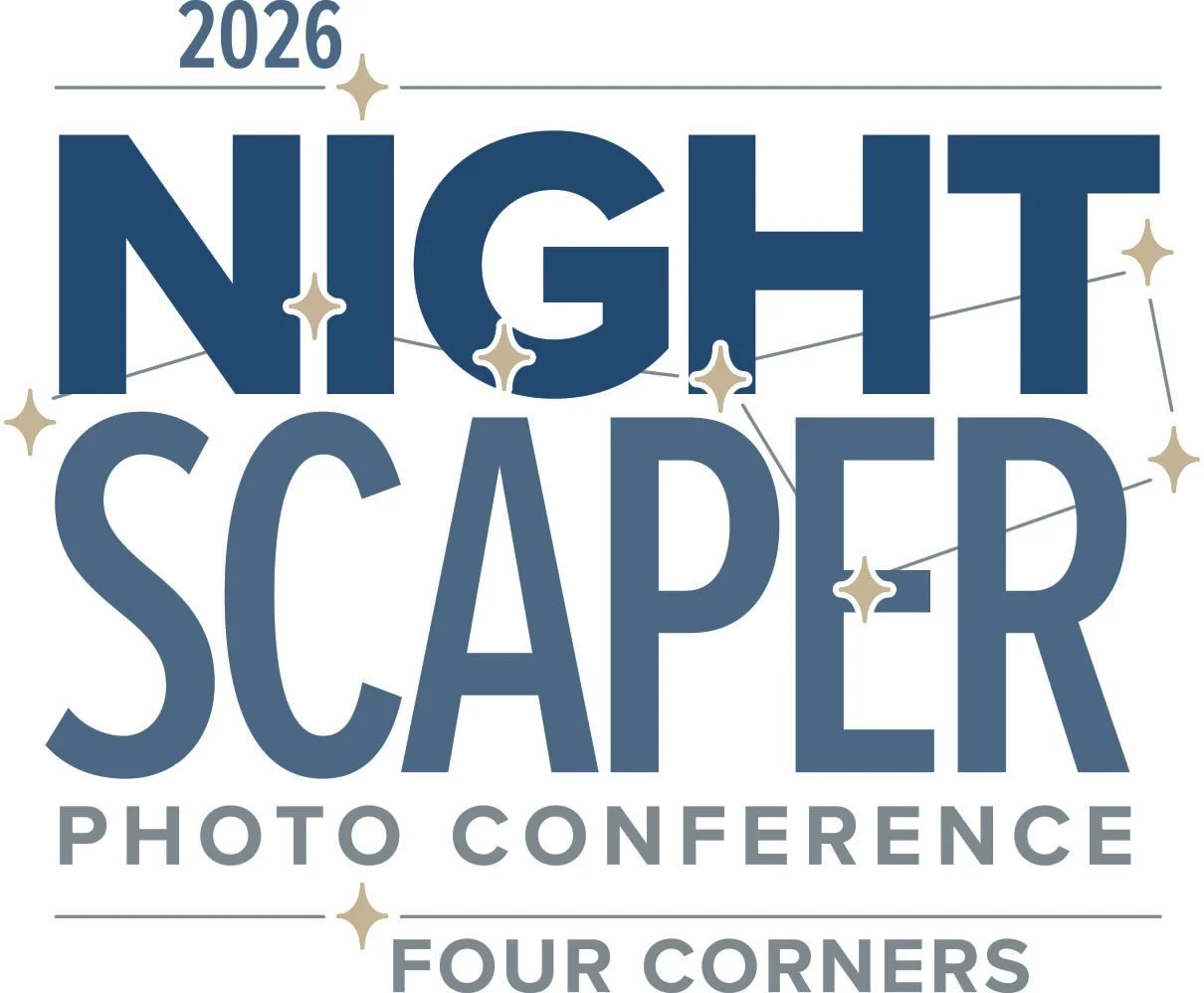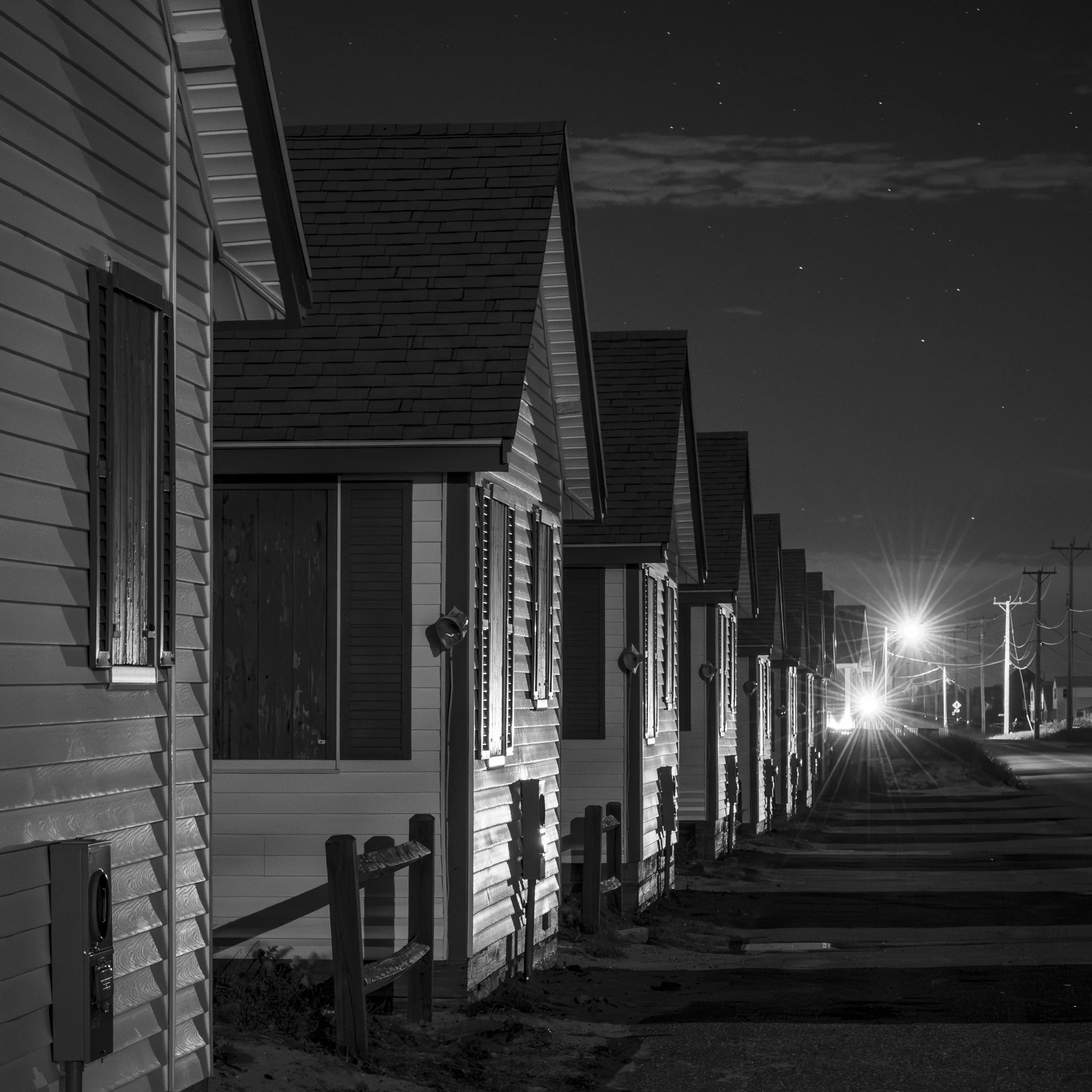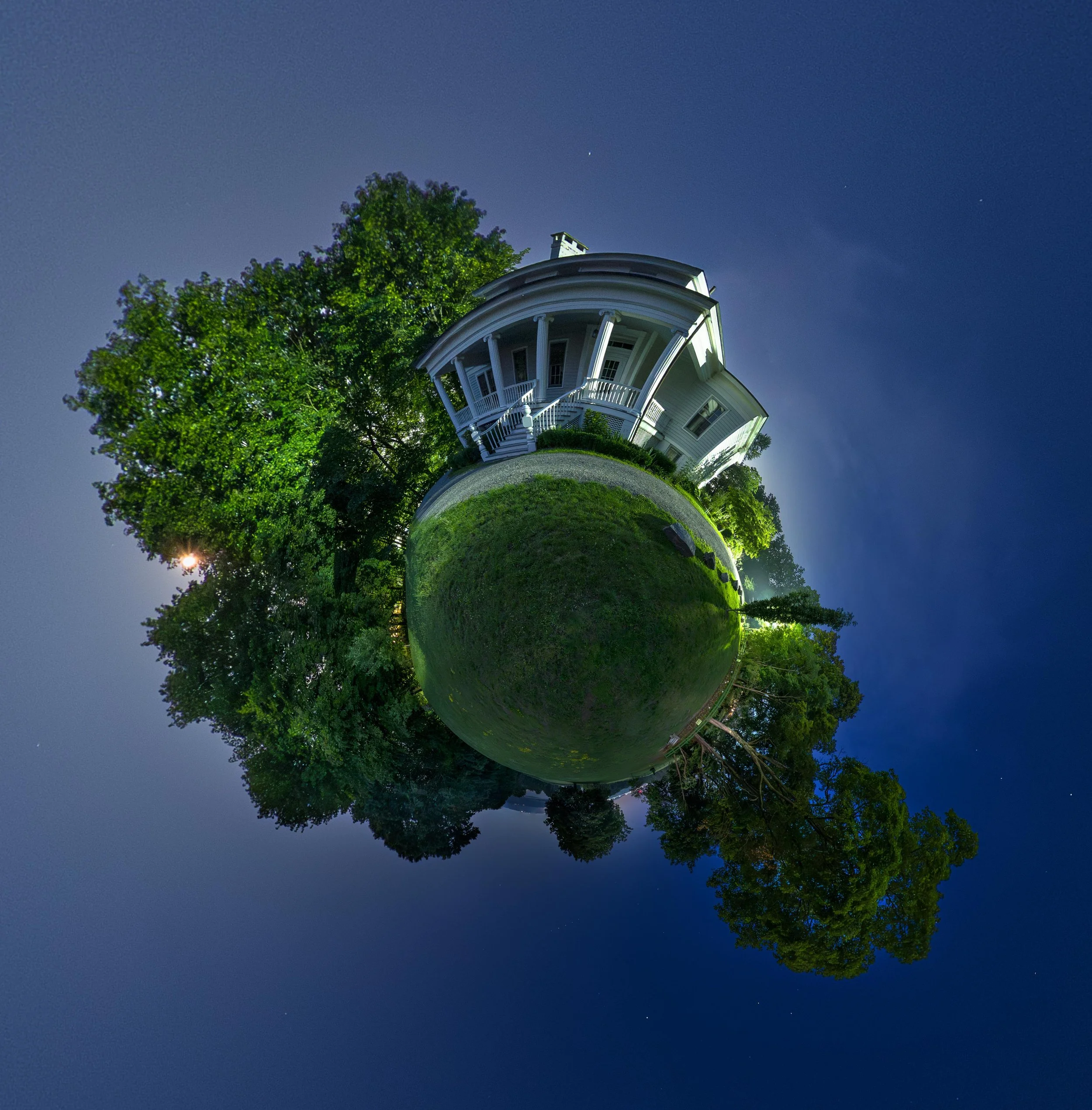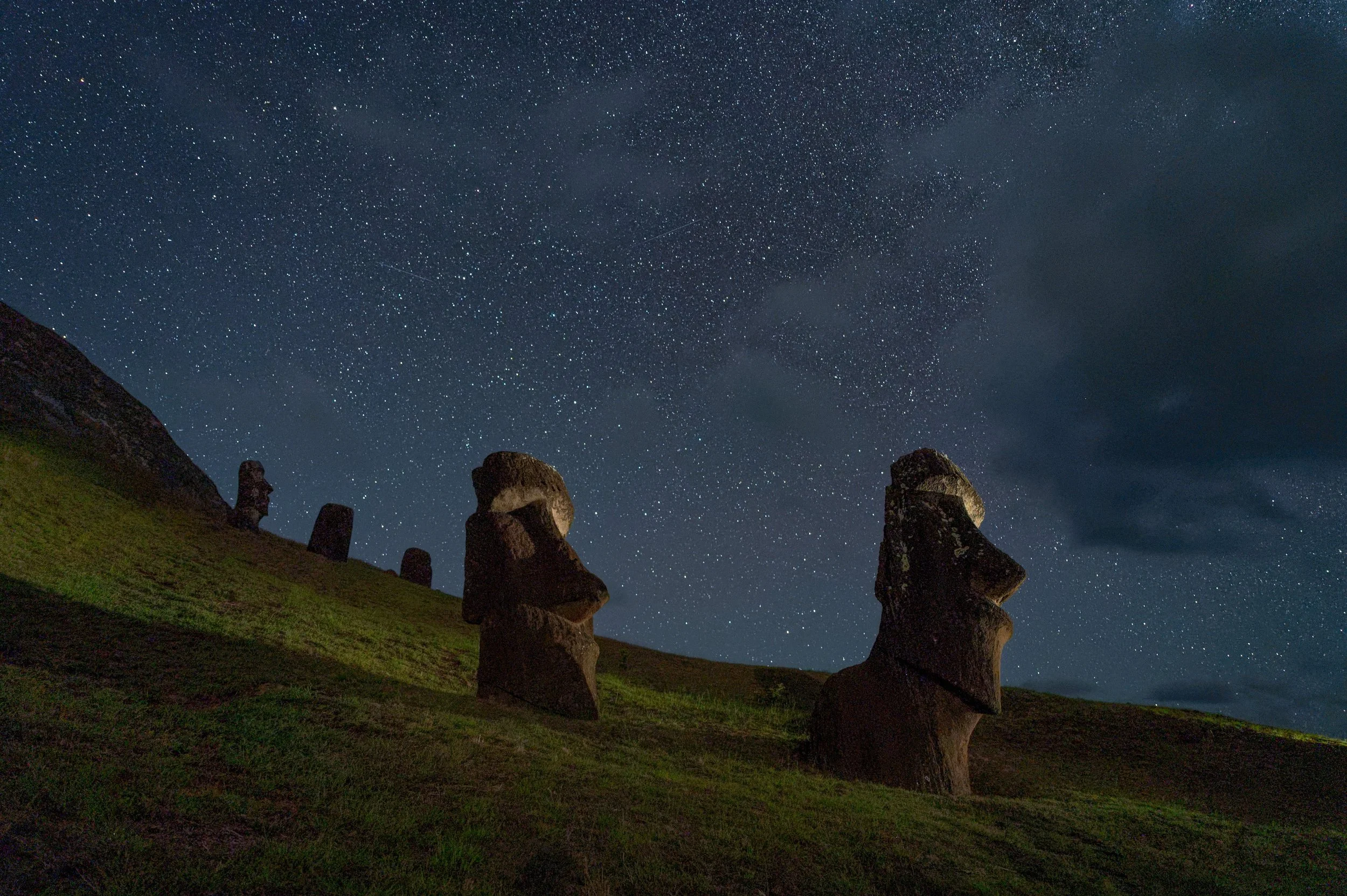Everyone knows the answers to some questions, and below you’ll find five of the answers we know. That might sound impressive, but it took all five of us to answer these, so …
This installment of our “Five Questions” series features inquiries about Coast flashlights, lightning processing, custom menus, books and panos.
If you have any questions you would like to throw our way, please contact us anytime. Questions could be about gear, national parks and other photo locations, post-processing techniques, field etiquette, or anything else related to night photography. #SeizeTheNight!
1: Which Coast is King?
Q: If you could have only one model of the Coast flashlight, what would it be? — Larry B.
A: If I could have only one, it would be the HP5R. It has two brightness settings, is bright but not too bright, feaures a focusing beam and sports a rechargeable battery. For another $10, I'd also get the low-powered G9 and use that for shooting in moonless astro-landscape situations and for seeing in the dark without ruining night vision. — Lance
2: Layering Lightning
Lightning at Devils Tower National Monument. © 2019 Matt Hill. Nikon Z 6 with a Sigma 35mm f/1.4 Art lens. Six stacked frames photographed at Bulb, f/8, ISO 200.
Q: There’s a photo on your website you made at Devils Tower—how did you get the lightning in the shot? Did you just stack the exposures in Photoshop then use the Lighten blend mode? Or did you use some light detector to trigger the shots? — Ed F.
A: The former. I composed, set the aperture and ISO for a good lightning strike, then let the camera run through continuous shots. I set the camera to Bulb mode, then I held the shutter open until a bolt hit, and then I closed the exposure and immediately started another.
Why did I just keep the shutter open for, say, 30 seconds each time? I didn’t want too many strikes in one frame, because that would make it harder to select specific strikes to composite later.
As for post-production, your hunch is right— it works exactly like stacking star trails. Open all the images as layers in Photoshop, select all the layers and then change the blend mode to Lighten. I then used layer masks to call out specific strikes and block out everything else. — Matt
3. Custom Menu Contents
Q: Regarding your recent post “Five Field Tips to Make Night Photography Go a Little Smoother,” could you elaborate on which menu options you include on your custom menu? — Larry B.
A: As I mentioned in the post, I set the custom menu in my camera with the settings I use most often, so I can access them quickly in the field. Here is the list of what I include in my Nikon Z 6 custom menu:
For night photography
Long Exposure Noise Reduction
Monitor Brightness
Viewfinder Brightness
For general photography
Format Memory Card
Auto Bracketing
Double Exposure
Focus Peaking
Clean Image Sensor
For comparison, here’s what Chris includes in his Nikon D5 custom menu:
Virtual Horizon
Monitor Brightness
Long Exposure Noise Reduction
Exposure Delay Mode
Self-Timer
Remember, every camera is different, so your camera might allow you to easily access some items that I find more difficult to access on mine. You also might not use some features that I do, and vice versa. But this is all exactly why the custom menu is so powerful—it’s custom to exactly what you want! — Tim
4. The Elephant Book in the Room
Q: Thank you for the recent awesome blog post and video on night photography books. That combined three of my favorite things: history, books and art. Another night photography-related book you may find interesting is Thirty Times a Minute by Colleen Plumb. She photographed images of captive elephants projected onto landscapes. I found it a very unique way to shoot at night, and her stories about the elephants are touching. — Vince G.
A: One look at the production and importance of Thirty Times a Minute and I had to add it to my cart! I love that the publisher added a video walk through of the book.
Not all art fits inside a book, and when you look at Colleen's projections, you have to ask how these moving images become two-dimensional stills. I love the “transparency” images, though I'm curious what it would have looked like to have the transparency of the original film placed over where it was projected—like those history books wherein you lift the transparency of what it used to look like to reveal what it looks like now.
I’m glad you like our coverage of our favorite night photography books and the Bookshelf page on our website. Books can be a universal inspiration, and this was a long-overdue project that we were excited to share and that we want to continue to grow. — Gabe
5: Full Moon Pano
Ubehebe Crater, Death Valley National Park. © 2020 Chris Nicholson. Nikon D5 with a Nikon 14-24mm f/2.8 lens at 24mm. Eleven stitched frames photographed at 10 seconds, f/5.6, ISO 2500.
Q: Thank you for the many instructive and inspiring blog posts, and particularly for this one about Ubehebe Crater. Either you planned well or were lucky to be there during a full moon. Could you have gotten a good image with quarter moon? Crescent moon? No moon? — Paul B.
A: Did I plan or was I lucky? A little bit of both.
I made that pano during a workshop, which we had planned for a moonlit week. We love light painting under moonlight, and Death Valley has a lot of subject matter conducive to that strategy. But shooting at the crater on that particular date during moonlight was just a matter of using the conditions at hand in the best way possible.
In other words, while planning for a specific photo has plenty of merits, successfully shooting as a long-term endeavor can have less to do with sticking to strict guidelines about when to shoot and more to do with knowing what and how to shoot in different conditions. With the latter approach, I can be productive regardless of the situation. So, I didn’t plan to be at Ubehebe Crater during a full moon so I could shoot that pano; rather, I was at Ubehebe and knew what I could and couldn’t do under the full-moon sky I was presented with.
And yes, I definitely could have made the image under a quarter or crescent moon, when the light is even gentler. I just would have needed to shoot at a higher ISO to keep the stars sharp. Honestly, I may have preferred that, because the sky would have revealed even more stars. Next time! Because successful photography can also be about going back to re-shoot in different conditions. 😃 — Chris


